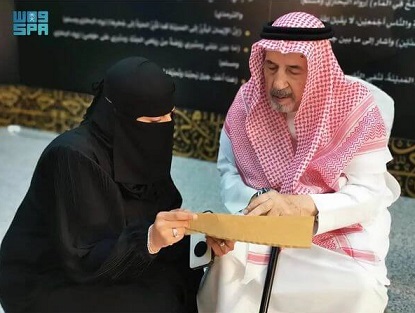Arabic calligraphy stands as a profound fusion of art and spirituality, renowned for its aesthetic beauty and deep-rooted connection to the transcription of the Holy Quran. This intricate art form embodies the essence of Arabic culture and serves as a visual representation of devotion, culture, and linguistic elegance.
Aesthetic Elegance and Spiritual Harmony: The art of Arabic calligraphy transcends mere writing; it elevates the Arabic language to an artistic expression that resonates with divine beauty. Each carefully crafted stroke captures the essence of sacred verses, transforming them into visual symphonies that evoke a sense of spiritual harmony.
The Quranic Connection: Arabic calligraphy holds a sacred bond with the process of transcribing the Holy Quran. Scribes historically employed their mastery of calligraphy to meticulously write and adorn the Quranic text, turning the written word into an art form that reflects the reverence and devotion to the divine message.
Styles and Interpretations: Arabic calligraphy boasts a diverse range of styles, each with its own aesthetic characteristics and historical significance. Whether it's the boldness of Kufic, the fluidity of Naskh, or the intricacy of Thuluth, each style communicates a unique emotion, adding depth to the words it portrays.
Cultural Heritage and Identity: The art of Arabic calligraphy serves as a mirror to Arabic culture and identity. Throughout history, it has adorned architectural wonders, manuscripts, and artifacts, leaving an indelible mark on the cultural tapestry of the Arab world and beyond.
Nurturing Craftsmanship: Arabic calligraphy isn't just a display of artistry; it's a testament to the skill and dedication of its practitioners. Master calligraphers spend years honing their craft, ensuring the continuation of this cherished tradition that bridges the gap between the past and the present.
An Expression of Faith: The intertwining of Arabic calligraphy with the transcription of the Holy Quran goes beyond aesthetics—it's an expression of faith. Each stroke is a labor of love, a visual devotion that captures the essence of the divine message and commemorates its sanctity.
Legacy and Continuity: In a world marked by technological advancements, Arabic calligraphy stands as a timeless art that refuses to be overshadowed. As new generations discover its beauty, calligraphers continue to pass down their knowledge, ensuring that this sacred connection between art and faith remains unbroken.

